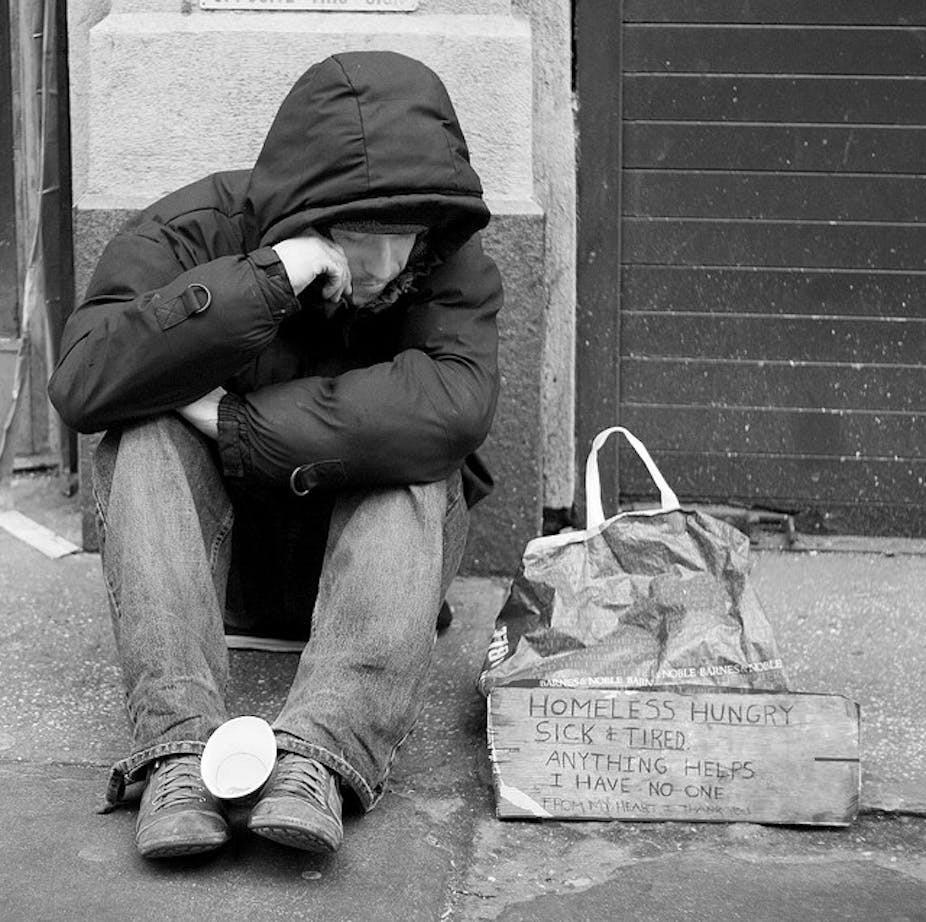Failing to help the homeless can come with a high cost to the public purse, with many ending up in hospitals for treatment of substance abuse and chronic health problems, a study has found.
A joint research project by the University of Melbourne, RMIT and the charity Sacred Heart Mission found that 83 long term homeless people surveyed had collectively used about $750,000 in hospital stays in the six months prior to the start of the project.
“There’s a growing recognition that, amongst a small cohort of the homeless, there’s an incredibly high rate of service use of expensive services – hospitals, emergency services and so forth,” said report co-author, Dr Guy Johnson from the Australian Housing and Urban Research Institute at RMIT.
“If you can intervene effectively with them, the cost offset may be considerable. So apart from the moral imperative of wanting to assist people in fairly parlous circumstances, there may be a strong economic argument for doing it as well.”
The study also revealed shockingly high rates of childhood abuse, with as much as 87% of those surveyed reporting that they experienced sexual abuse, assault or neglect as a child. Stories of having to beg or steal for food as a child were common.
“The thing that really comes out strongly for us was the implications that raises in terms of developing stable trusting relationships with other people. It seemed that, from a very early age, a lot of the long term homeless are right behind the eight ball,” said Dr Johnson.
“A lot of the public see homelessness, particularly among young people, as a choice. But when you think about what the home environment means to them, you can see why a lot of these young people will prefer living on the streets to living in a place where they are abused or neglected.”
The research project involved splitting the group into two, with 43 in a control group and the remaining 40 receiving intensive counselling and help through a service called Journey to Social Inclusion.
Those in the treatment group were allocated a social worker who helped them find accommodation, get psychological counselling and develop practical living skills.
One year into the three-year project, 75% of those in the treatment group were in safe housing, compared to 30% of the control group.
As much as 42% of those getting treatment were either working or looking for work, while only 15% of the control group were.
Dr Johnson said the early results showed that a lot of time was needed to help the long term homeless turn their lives around.
“Policy makers think we can get quick results but it takes time to overcome the disadvantages that these people have had in their lives. We are talking about 20 or 30 years at the margins of society - you don’t overcome that overnight.”

